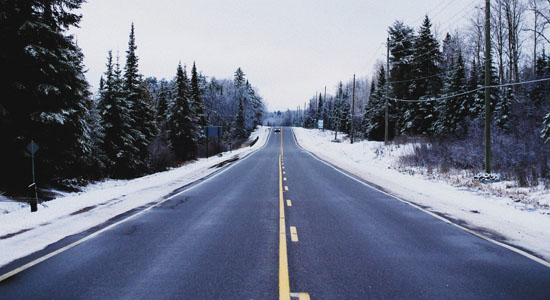Now the weather has turned colder, our attention turns to the risk of snow and ice and the disruption this can bring. We don’t have to think back too far to remember at the start of the year when widespread snow practically shut down several airports and rail stations.
Don’t get left out in the cold this year, preparation is key! Don’t wait until the snow arrives and stocks of equipment run low.
Workplace health, safety and welfare regulations 1992
Section 12(3) of The Workplace (Health, Safety and Welfare) Regulations 1992 states “So far as is reasonably practicable, every floor in a workplace and the surface of every traffic route in a workplace shall be kept free from obstructions and from any article or substance which may cause a person to slip, trip or fall” in the context of snow and ice this means we must take action as far as reasonably practicable to protect people from a slip or fall, so preparing paved surfaces, managing snow in car parks, and ensuring there is provision for keeping entrances to buildings free from water left by melted snow and ice.
So, what can we do to be prepared?
- Have a winter preparedness plan in place, particularly if you are in areas that are especially prone to snow and ice. Where appropriate your business continuity plan should have information on what action will be taken.
- Have individual responsibilities been considered?
- Suitable training carried out?
- Monitor weather conditions proactively the Met Office have a free service that you can sign up to which will send email alerts when a severe weather warning is issued.
- Ensure there is a suitable and sufficient risk assessment covering the risks from snow and ice.
- Where space allows, ensure an appropriate amount of grit / rock salt is purchased and stored ready for the winter season, do this before it even starts to get cold – it will be cheaper and more readily available.
- Consider pre-emptive gritting, often this will help prevent snow and ice from forming, although in heavier snow this is not always effective, and should it rain the grit can be washed away.
- Consider closing particularly hazardous areas off altogether, and providing suitable warnings.
- Ensure suitable equipment is available on site to allow snow clearance to take place.
- Ensure those who will be expected to undertake snow clearance / gritting are given proper training and follow a safe system of work.
- Areas where snow has accumulated should be ideally cleared first before gritting to be most effective.
- Suitable protective clothing should be purchased well in advance and provided to relevant people with signatures obtained to evidence it being issued.
- Ensure welfare of employees undertaking this work is managed and they are encouraged to take regular breaks to warm up.
We can come out to your site and conduct an audit on your H&S arrangements, we will provide support on how to improve your safety management system as well as provide a range of training to you and your people. Get in touch by calling us on 0333 240 7208 or contacting us to see what we can do for you.






